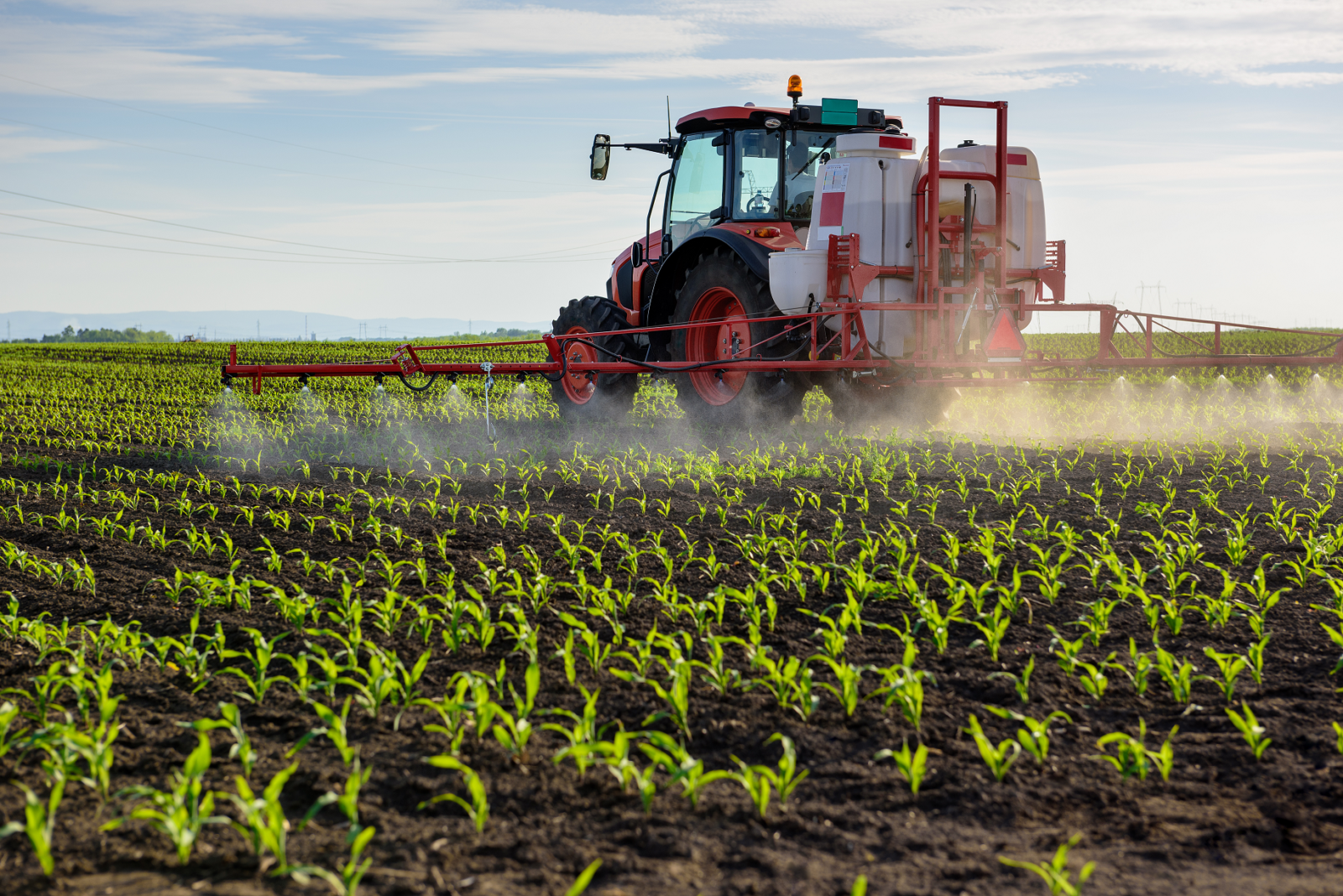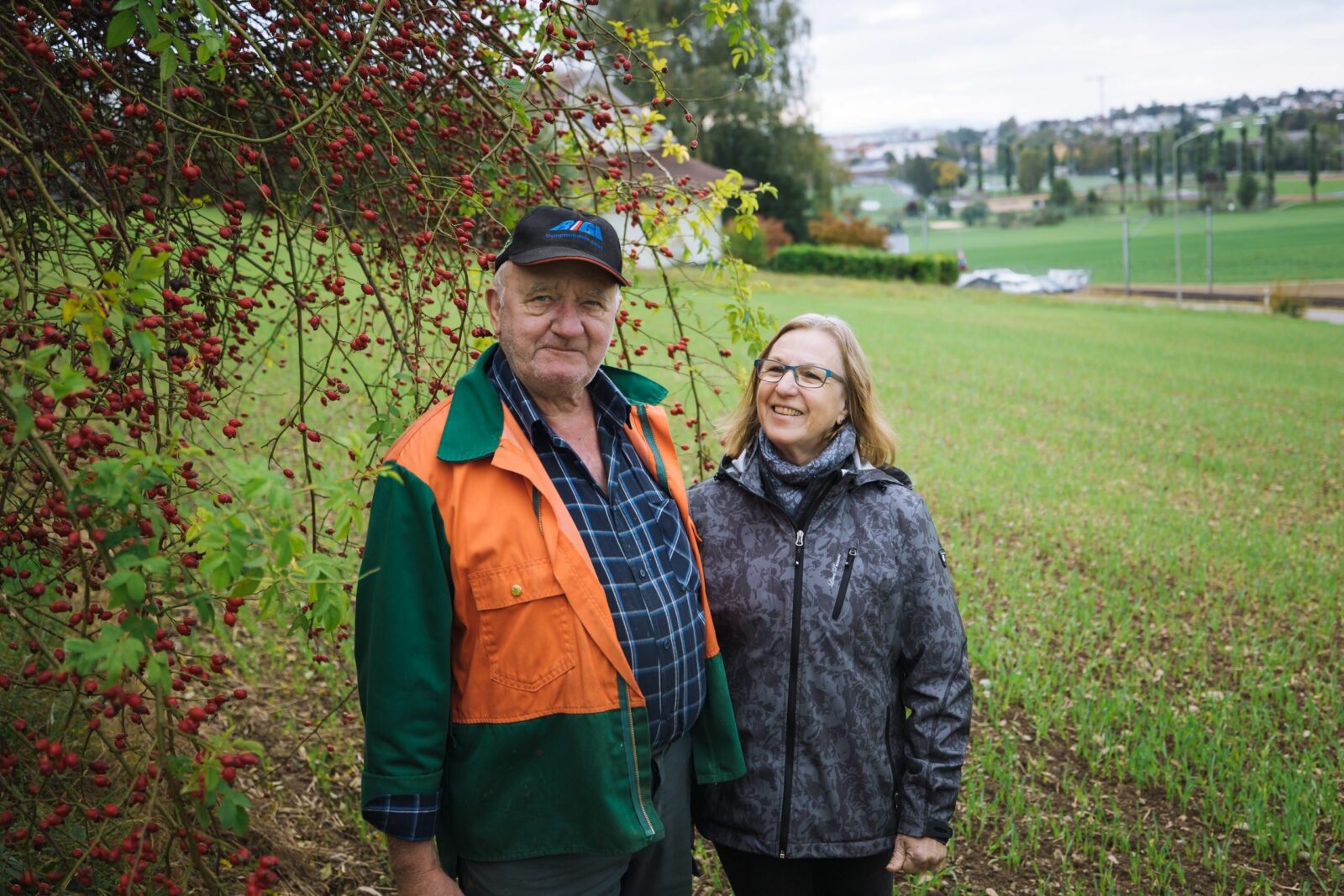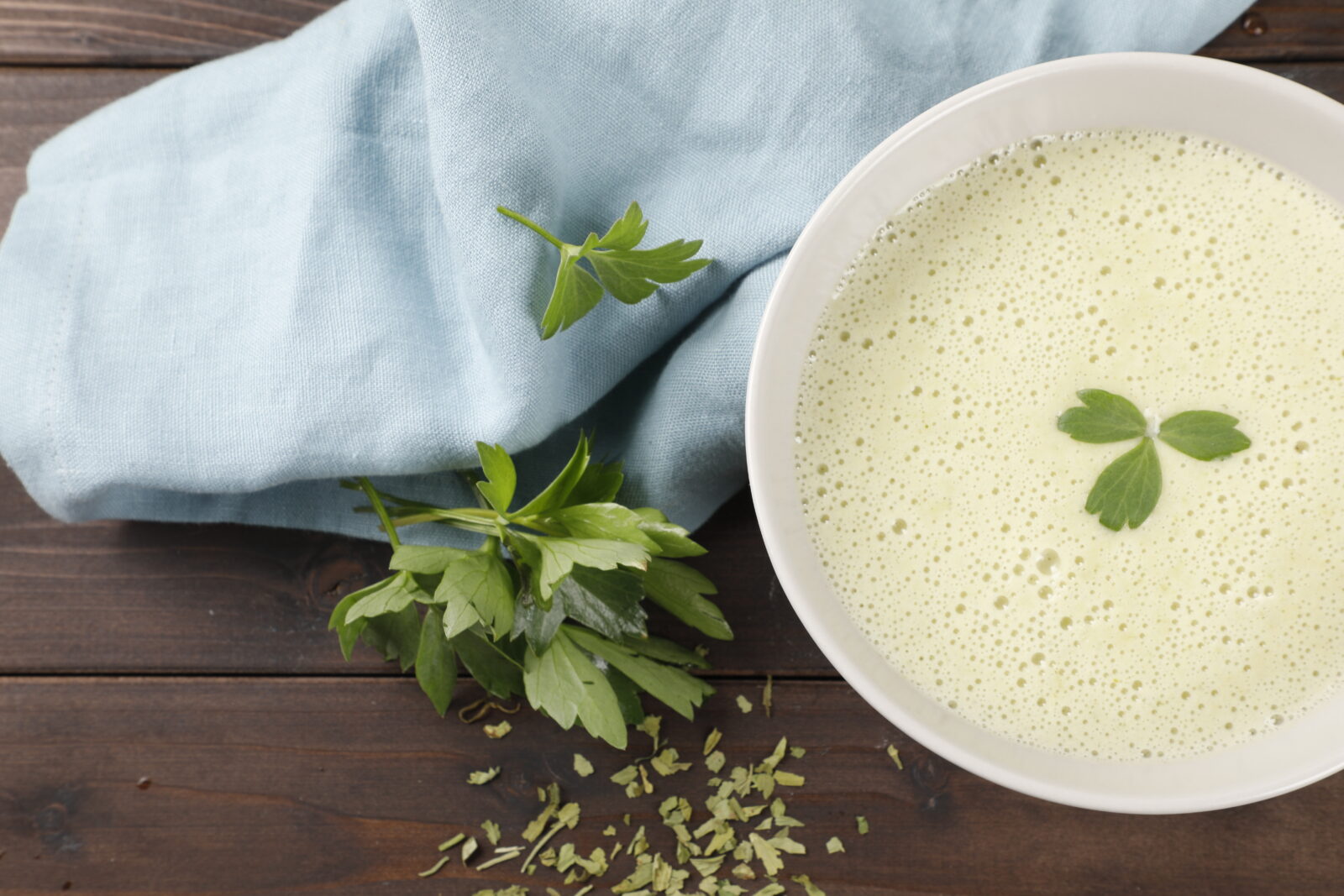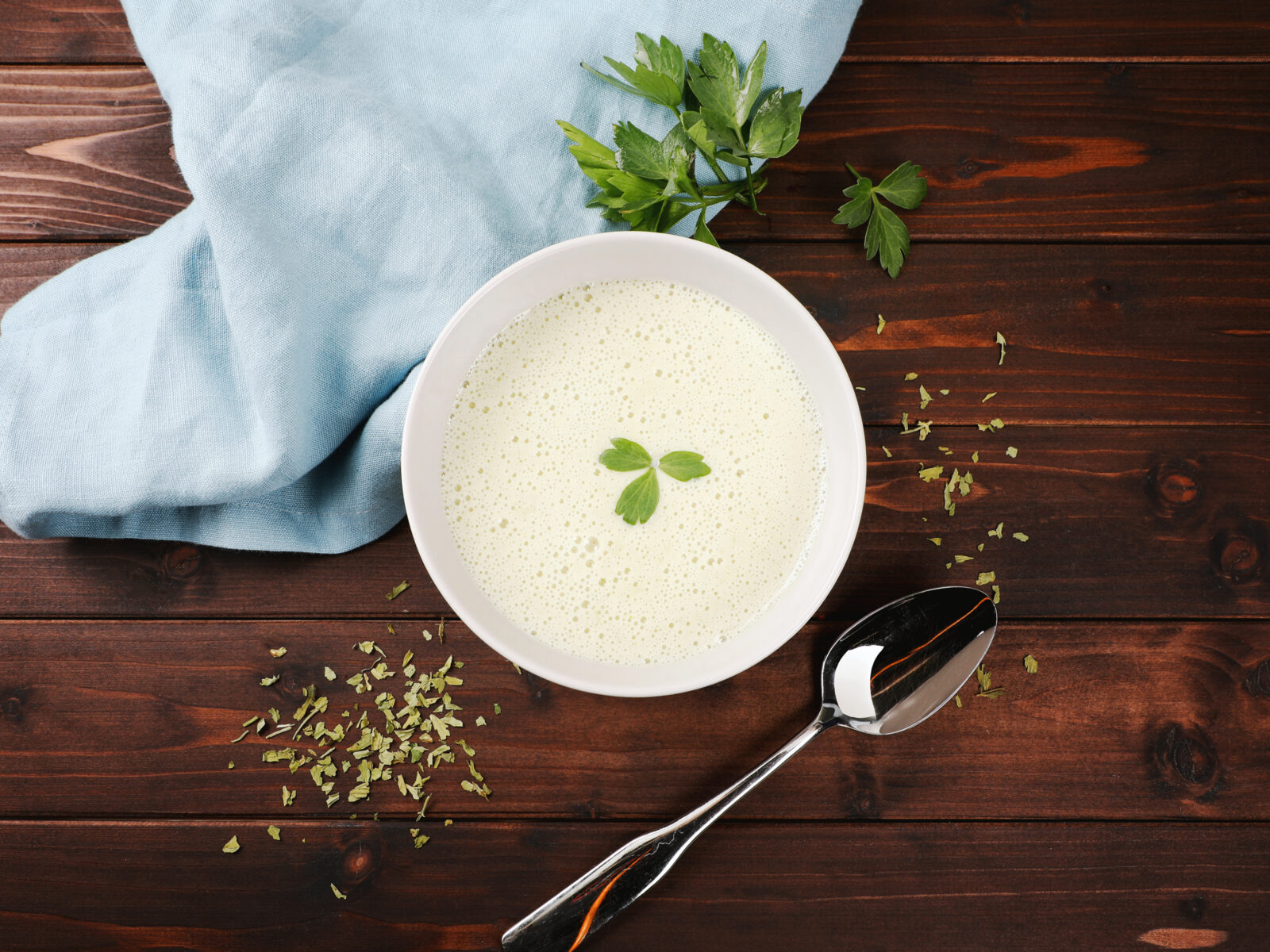
Pesticides or plant protection products – chemical pesticides are banned in organic farming. In conventional agriculture, they are considered the only solution to maintain food security for humanity. Opinions are divided on this topic. Therefore, it is not so easy to form your own opinion about the use of pesticides. This article aims to give you a better overview of the issue and to look at pesticides as holistically as possible.
What are pesticides?
First of all, a short introduction. Pesticides are any substance made up of chemical or biological ingredients that are used to ward off diseases such as fungi or pests from plants. Pesticides can be used both as “plant protection products” in the field and as biocides (disinfectants, rat poisons, etc.) in storage, transport or food processing (Swiss Food 2021, German source).
Active pesticide ingredients
There are hundreds of active pesticide ingredients. They are divided into groups according to the target organism to be controlled. Four elementary groups are:
- Insecticides,
- fungicides,
- acaricides and
- herbicides.
Unfortunately, insecticides are often not only directed against harmful insects, but are also dangerous for useful insects, especially bees. Fungicides are used against fungi, acaricides are biocides to control mites and ticks. Herbicides have the greatest effects on plants. The mode of action is specific to the individual groups of organisms.
Herbicides, for example, interfere with the plant’s metabolism. Some other substances stimulate plants to grow more. Prof. Dr. Johann Zaller, ecologist at the University of Natural Resources and Life Sciences in Vienna, describes the stimulation as follows: “The plants then virtually grow themselves to death.” (Podcast mit Prof. Dr. Johann Zaller-Ökologe an der Boko in Wien- Hör` mal wer die Welt verändert 2021, German source).
In organic farming, it is assumed that the effects of pesticides are harmful to the environment and are also not healthy for the end consumer of agricultural products. It is a fact, however, that Swiss farmers still use them extensively. This is why the topic has remained red-hot for years – among consumers, the demand for sustainably produced food is becoming ever greater. Is this demand justified?
What are the arguments for the use of pesticides?
Increased demand for food in the future
One of the most important arguments for the use of pesticides on the road to Zero Hunger is that foods must be produced efficiently.
Organic agriculture, where the use of pesticides is not allowed, consumes more land than conventional agricultural production. The latter is more efficient due to the use of pesticides.
By 2050, the world population will grow to almost 10 billion people. To be able to produce enough food from 100 % organic production by then, up to 81 % more land would be needed. This was calculated by the Research Institute of Organic Agriculture (FiBL). Huge areas of forest would have to be cleared in order to provide enough arable land. This is an important argument used to justify the use of pesticides.
Containment of invasive weeds and alien insect species
Other opinions also claim that pesticides even contribute to the preservation of biodiversity in many ways. The logic behind this is as follows: herbicides can, for example, rid the soil of invasive weeds that are increasingly displacing native plant species. This means that there is no need for extra ploughing and soil organisms such as earthworms are spared in the process.
Another related argument is that soil sealing due to intensive construction is the main cause of biodiversity loss and that agriculture therefore has a much smaller impact on biodiversity. The positive impact of pesticides on biodiversity is even emphasised, in that the efficient use of cultivated land is seen as land conservation (Swiss Food 2021, German source).
Insecticides can also stop the spread of alien insect species that otherwise become rampant and a threat to native biodiversity.
But how valid are these arguments about land use and biodiversity really? Because there are also arguments against the use of pesticides.
What are the arguments against the use of pesticides?
Poisoning of essential insects
One of the most important counter-arguments is also very logical and contradicts the argument in favour of pesticides that says they promote biodiversity. The use also poisons soils and insects (about 80% of insects since 1980!) that should not be destroyed, which contributes significantly to the loss of biodiversity (Bio-Company Magazine October 2019).

Poison for both humans and animals
Insects that are harmful to plants are not the only ones that can be harmed by pesticides. Birds, amphibians, beetles, butterflies, pollinators such as bees and bumblebees and even individual mammals can also be harmed by the poisons also known as pesticides. Via the food chain, the poisons are absorbed by the animals and can make them very ill (ProNatura 2021, German source).
But the path of pesticides does not end here either. Pesticides can even enter the human organism via food and drinking water. Past studies report that 0.4 per mille per kilogram of pesticide applied enters our organism via food alone. If this value is multiplied by the number of active substances applied in Switzerland each year, it means that each Swiss person consumes an average of at least 10 grams of poison per year.
Even more devastating is when people come into direct contact with pesticides. Pesticides are suspected of causing diseases, including cancer. In France, Parkinson’s disease is recognised as an occupational disease among farmers who have used pesticides more intensively. The people most directly affected by diseases caused by pesticides are women farmers or farm workers who apply these chemicals repeatedly and often unprotected. But other people and ecosystems near agricultural areas are also exposed to them (Public-Eye 2021).

The reach of pesticides
Pesticides in the air
Swiss farmers alone spray 2,000 tonnes of pesticides on their fields every year. On average, that is more than five tonnes per day. These pesticides do not stay on the fields.
In the warm season, so-called “drift” occurs: moisture evaporates from the field – and with it the pesticides. They are then carried further in higher layers of air (Bündnis für eine enkeltaugliche Landwirtschaft 2021, German source).
Greenpeace Switzerland analysed the extent to which this happens. A total of 13 different fungicidal active substances, seven herbicidal active substances and three different insecticides or acaricides were detected in Swiss air (Greenpeace Schweiz 2020, German source).

Pesticides in groundwater
Another channel of dispersal for chemical pesticide cocktails is through the soil, which is how they get into groundwater. From the groundwater, they also flow further into rivers or lakes. The living organisms in the water bodies are thus deprived of their livelihood, as the ecological balance of their habitat is disturbed.
In a study, the Eawag Research Institute and the Ecotox Centre concluded that Swiss streams contain excessive concentrations of pesticide residues – far above the legally permitted maximum levels (ProNatura 2021, German source).
However, especially in recent years, Swiss agriculture has already done a lot to reduce the use of pesticides and to make it more environmentally friendly and efficient. An important aspect of regulating the use of pesticides is the classification of pesticides.
Good and bad pesticides
To further differentiate opinion, it should be added that there are natural and chemical pesticides:
Pesticides range from
- microorganisms (viruses, bacteria, fungi) and
- macro-organisms (nematodes, arthropods) through to
- active substances without living organisms as well as
- organic pesticides,
- nature-identical pheromones,
- substances of natural origin and
- inorganic substances such as kaolin, sulphur and copper.
Thus, the effects of pesticides are also not the same. While some substances are suspected of causing chronic diseases, others are acutely toxic and immediately fatal (Public-Eye 2021).
Highly hazardous pesticides (HHPs) are products “that are recognised as posing particularly high acute or chronic risks to health or the environment”. As early as 2006, the FAO (Food and Agriculture Organization of the United Nations) and the WHO (Word Health Organisation) established the above definition and precise identification criteria for “highly hazardous pesticides”. However, the substances are not yet listed. But this is exactly what would be important in order to draw conclusions and ban certain substances (Public-Eye 2021).
While we are on the subject of the classification of pesticides, it must also be said that the European Union and Switzerland produce a large quantity of pesticides whose use is not permitted on their “own soil”. Nevertheless, agrochemical companies like Syngenta, based in Basel, manage to export pesticides to regions where pesticide regulations are weaker, such as Africa, South America or Asia (PublicEye 2021).
One of these pesticides is called paraquat and is highly toxic. Syngenta is the largest exporter of pesticides not authorised in the EU, followed by BASF and Bayer. An example of a pesticide that is still widely used in this country and is highly controversial is glyphosate.
Glyphosate
Glyphosate is the most widely used herbicide in the world (Global 2021, German source). More precisely, it is a systemic broad-spectrum or total herbicide. This means that it is lethal to all plants, which is why it is often sprayed before sowing. Systemic means that it is sprayed on, absorbed by the plant and then distributed throughout the tissue of the entire plant.

The best-known pesticide is also suspected of causing various diseases. The WHO assumes that glyphosate is carcinogenic and can contribute to malformations in newborns. However, science has not yet reached a consensus on this. Furthermore, it is suspected of limiting reproductive capacity.
Albeit Glyphosate is not classified as a “highly hazardous pesticide”, it is clear that it kills not only arable plants but also many wild plants and thus harms the environment. The nectar or pollen is lost, which means that insects that would take up the pollen no longer have any food and decline. Glyphosate is generally prohibited for organic farming.
Pesticides are also used in organic farming
Although glyphosate is banned, pesticides are also used in organic agriculture (organic farming as well as organic farming) – with restrictions.
In organic farming, chemical pesticides and artificial fertilisers are not allowed according to the European organic label – ecological farming goes beyond this and takes into account the natural rhythm of the entire ecosystem. In both, only natural and living organisms, not chemical pesticides, may be used.
Pesticides are also used in ecological farming, especially for special crops such as fruit, vines, vegetables and potatoes. Approximately 40 % of the pesticides sold in Switzerland are also approved for ecological farming. However, the choice of pesticides is limited to living organisms and substances of natural origin as well as individual inorganic substances (FiBl 2019, German source). Sulphur, copper and paraffin oil, for example, are also used in ecological farming (Swiss Food 2021, German source).
In ecological farming, the prevention of diseases through cultural measures such as crop rotation, fertilisation, soil cultivation or the choice of species and varieties is always in the foreground. However, if diseases nevertheless occur, organic farmers must also resort to plant protection products.

State of research and outlook
One problem in pesticide research is that only a few organisms are studied in registration studies. The Federal Office for Agriculture and the Federal Office for the Environment are the lead institutions when it comes to approving pesticides for the Swiss market. The substances are not sold until the laboratory studies have been successful.
However, it is the pesticide industry itself that conducts and evaluates the studies. Critical scrutiny of the active substances by the pesticide industry is therefore largely absent – more transparency is needed here in the approval procedures (Pronatura 2021, German source). However, there are initiatives in the political landscape, such as the Pesticide Ban Initiative or the Drinking Water Initiative (German source), which critically question the issue.
Pesticide alternatives
Alternative, preventive measures for the spread of diseases include diversely designed cropping systems as well as crop rotations, functional agrobiodiversity and robust or resistant varieties used in organic farming.
Likewise, modern diagnostic methods for the early detection of pests based on molecular biological analyses, sensors or high-resolution cameras are part of this.
The availability of innovative technologies is crucial for the further development of sustainable crop protection. Examples could be plant protection products based on newly discovered biocontrol organisms, nanotechnology, new breeding methods, but also innovative machines (for example robots) – here the keyword is “precision farming” (German source) – which is explained very well in the linked article by our producer Juckerfarm (Fibl 2019, German source).

Conclusion
After a wide research on the controversial topic of pesticide use, it can be summarised: it is better to be careful with the use of pesticides and to find alternatives whenever possible. In individual cases, and also depending on the pesticide, it must be weighed up whether a pesticide should be applied.
Neither conventional agriculture alone nor organic agriculture alone seems to be the solution. Without conventional agriculture, the world’s population cannot be easily fed in the long term unless alternative measures are found. However, the intensive use of pesticides is definitely not the right way.
To prevent the use of chemicals and toxins from becoming too high, it is important to keep the limits of pesticides in soils and food as low as possible. It is clear that the use of pesticides is probably not necessary in the intensity in which it is currently practised.
One approach to getting by with fewer pesticides can be mixed cultivation, for example. Here, the plants help each other to fight pests and thus promote biodiversity.
In the end, it is clear that the consumer can have a say in the widespread use of pesticides through the purchase of products. An expansion of organic farms is definitely still possible, but first the demand must be there so that the costs for the conversion can be covered.
Currently, the market share of organic products is 10 % – this could be expanded to 30-50 %. Ecological farming is also more energy-efficient, produces fewer greenhouse gas emissions, has a positive impact on soils and biodiversity, and thus has fewer fluctuations in yield (Ökolandbau.de 2021 German source), as the system is more resilient. In view of climate change, this is an important factor for food security.
I hope this article has given you a good overview, which will help you to sharpen your opinion on the subject of pesticides.
At Farmy we make sure that most of the products we sell are not treated with chemical pesticides: most of Farmy’s products are sourced locally and from organic food producers who avoid the use of pesticides. In addition, Farmy minimises food waste through its sophisticated logistics system without long storage times. Above all, we can come closer to the goal of “zero waste” through the more conscious handling of food.
























